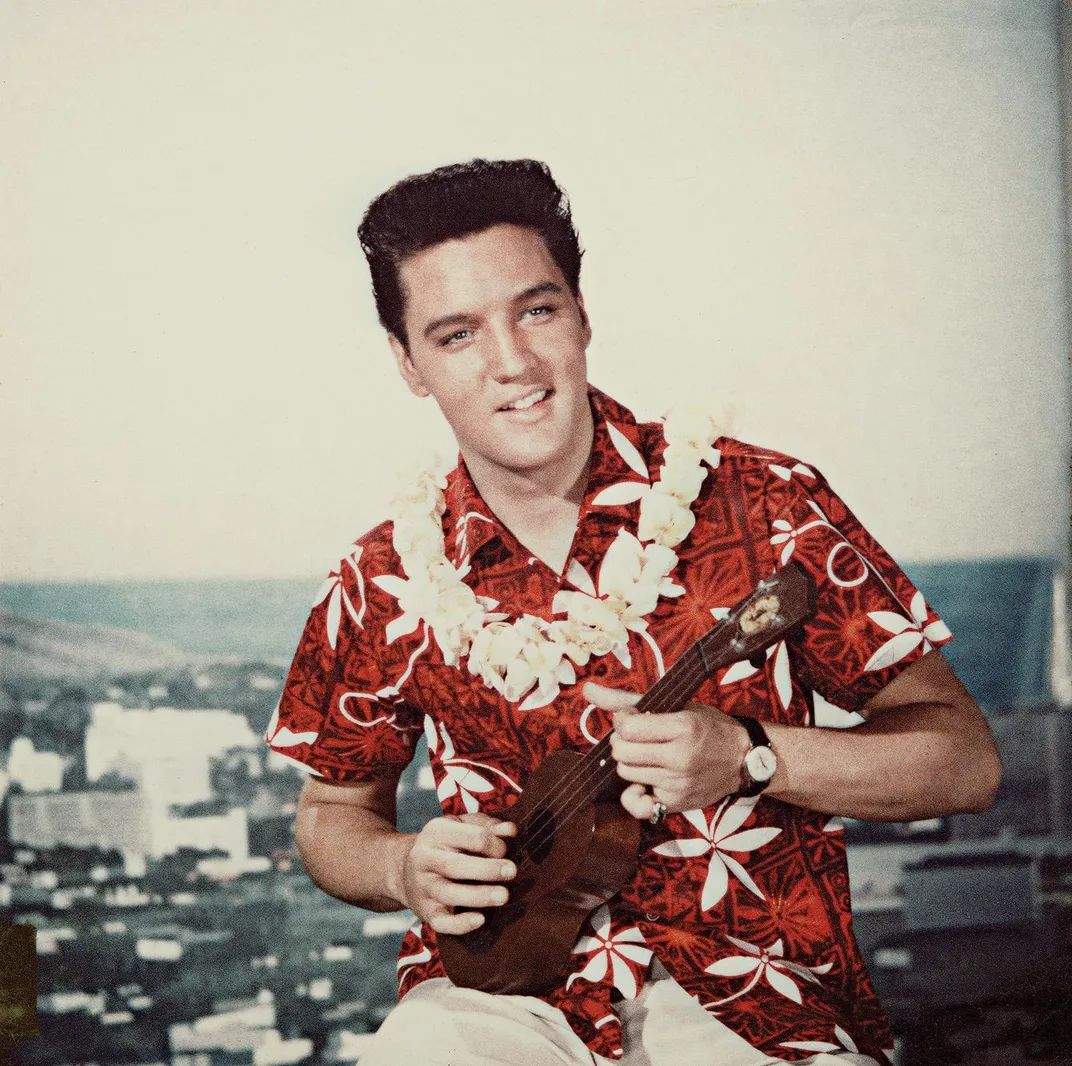Why Hawaiian Shirts Are Here to Stay
•Posted on February 01 2025

The History of Hawaiian Shirts: How the Aloha Shirt Became a Global Icon
Hawaiian shirts, or Aloha shirts, are more than just flamboyant vacation attire—they’re a symbol of relaxation, cultural fusion, and laid-back style that has captivated the world for nearly a century. But where did they come from? Who decided that bold florals, palm trees, and surfers belonged on button-down shirts? And how did this uniquely Hawaiian fashion piece go from local novelty to global phenomenon?
Let’s dive into the fascinating history of the Aloha shirt and uncover how it became an essential part of wardrobes from Honolulu to Hollywood and beyond.
The Origins: A Mix of Cultures and Styles
The story of the Hawaiian shirt begins in the early 20th century, long before it became a tourist staple. Hawaii, a melting pot of cultures—Polynesian, Chinese, Japanese, Filipino, and Portuguese—had a rich textile tradition influenced by its diverse population.
- Traditional Hawaiian Kapa Cloth: Before Western fabrics, native Hawaiians made clothing from kapa, a cloth derived from the bark of mulberry trees, often decorated with geometric patterns.
- Japanese Kimonos & Filipino Barong: Immigrants brought lightweight fabrics and embroidery techniques, which would later influence the design of Aloha shirts.
- Western Tailoring: Missionaries and settlers introduced European-style button-down shirts, which blended with these other influences.
The fusion of these styles would eventually lead to the creation of something distinctly Hawaiian.
The Birth of the Aloha Shirt
In the 1920s and 1930s, Honolulu’s Chinatown tailors started making shirts from boldly patterned Japanese yukata fabric, originally used for kimonos. Many of these shirts featured florals, bamboo, and geometric designs, a stark contrast to the plain work shirts commonly worn by locals.
The first recorded instance of the term “Aloha Shirt” appeared in the 1935 Honolulu Advertiser, when a local tailor named Ellery Chun, a Chinese-American businessman, started producing and marketing them in bulk at his store, King-Smith Clothiers & Dry Goods. He trademarked “Aloha Shirt” and began selling them to tourists and locals alike.
By the late 1930s, demand exploded, and more tailors jumped on the trend. These early shirts were hand-sewn, custom-made, and often crafted from repurposed kimono fabric—making each piece a one-of-a-kind work of art.
The Hollywood Effect: Aloha Goes Mainstream
World War II brought thousands of American servicemen to Hawaii, many of whom fell in love with the local culture—including the Aloha shirt. After the war, they took these colorful shirts back to the mainland, where they gained attention in California and beyond.
Hollywood quickly caught on. In the 1950s and ’60s, Elvis Presley, Frank Sinatra, and John Wayne were all spotted in Hawaiian shirts, further boosting their popularity. Elvis’s 1961 movie “Blue Hawaii” solidified the shirt’s association with carefree island living.
By this time, local Hawaiian brands like Reyn Spooner and Tori Richard had emerged, refining the style with high-quality fabrics and more subtle prints suitable for both leisure and business casual wear.
The Rise, Fall, and Resurgence of the Hawaiian Shirt
In the 1970s and ’80s, Aloha shirts became the unofficial uniform of laid-back cool, embraced by everyone from Magnum P.I. (Tom Selleck) to office workers on Aloha Fridays (Hawaii’s take on casual Fridays).
However, by the 1990s and early 2000s, they fell out of fashion, often ridiculed as tacky or outdated. But, as with all great styles, the Aloha shirt made a huge comeback in the 2010s.
- Luxury brands like Gucci, Prada, and Saint Laurent put their own spin on the classic Aloha shirt.
- Celebrities like Leonardo DiCaprio, Dwayne "The Rock" Johnson, and even Barack Obama have been seen rocking Aloha shirts.
- Sustainable brands have revived the tradition, focusing on eco-friendly fabrics and ethical production.
Why Hawaiian Shirts Are Here to Stay
What started as a local craft in 1930s Hawaii has become a global fashion staple, worn by surfers, businessmen, hipsters, and vacationers alike. The Aloha shirt represents more than just a colorful piece of clothing—it embodies a spirit of relaxation, adventure, and cultural appreciation.
So, whether you wear one on the golf course, at a summer BBQ, or while hosting a podcast (looking at you, Captain’s Table), just remember: you’re sporting a piece of history.
And if you’re looking for a modern take on the Aloha shirt, CPTN Shirts might just have what you need!